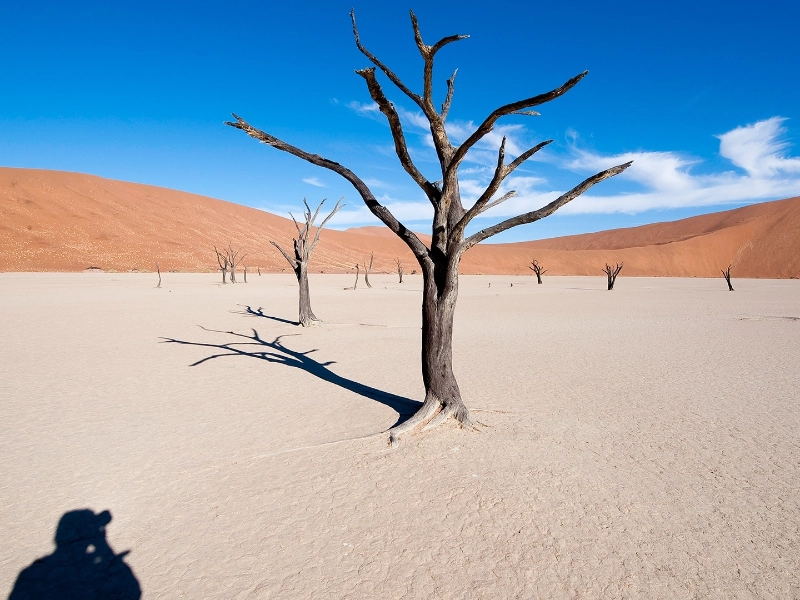The Best 10 Seasons to Visit Namibia's Red Desert: A Chromatic Journey Through Time
Advertisement
5. Winter's Palette (July - August)

Advertisement
Visitors of Namibia's Red Desert are treated to the most unexpected and maybe most spectacular colour changes of the year as winter blankets over it. Cooler temperatures and sporadic coastal fog in July and August produce a mystical environment that fundamentally changes the look of the desert. This season presents a special chance to almost physically see the red sands in a whole fresh perspective.
The way the desert and the fog interact in the winter months is very amazing. Arriving from the chilly Atlantic Ocean, the fog covers the early morning dunes, softening their sharp edges and subdued their vivid hues. An amazing light show results from the sun rising and starting to burn away the mist. As the light alters, the colours of the dunes—which emerge from the fog in layers—cool greys and blues—then warm pinks and reds. A photographer's fantasy, this slow revealing of the scene presents countless chances to capture dark, atmospheric images.
On clear days, the winter light highlights minute colour variances in the sand that are sometimes missed in the intense summer heat. The winter sun's lower angle highlights the textures and shadows of the dunes, so exposing a complicated tapestry of reds, oranges, and even purples in the sand. During the "golden hours," shortly after sunrise and before sunset, when the gentle light blankets the desert in a warm, ethereal glow, these subtle colours are most vivid.
For more demanding desert sports, winter's colder temperatures—with daytime highs around 21°C and night temperatures down to roughly 7°C—make this season perfect. Longer walks allowing visitors to explore the several ecosystems found both inside and outside of the dunes are easy. Perfect for stargazing in the beautiful night sky, where the Milky Way spans the heavens in a brilliant show, the pure air also offers great visibility.
You May Like
Advertisement

